BOO!s of the Bay: Nine scary Chesapeake stories
We've compiled an eclectic list of hauntings, sightings and strange spooks from throughout the Bay region.
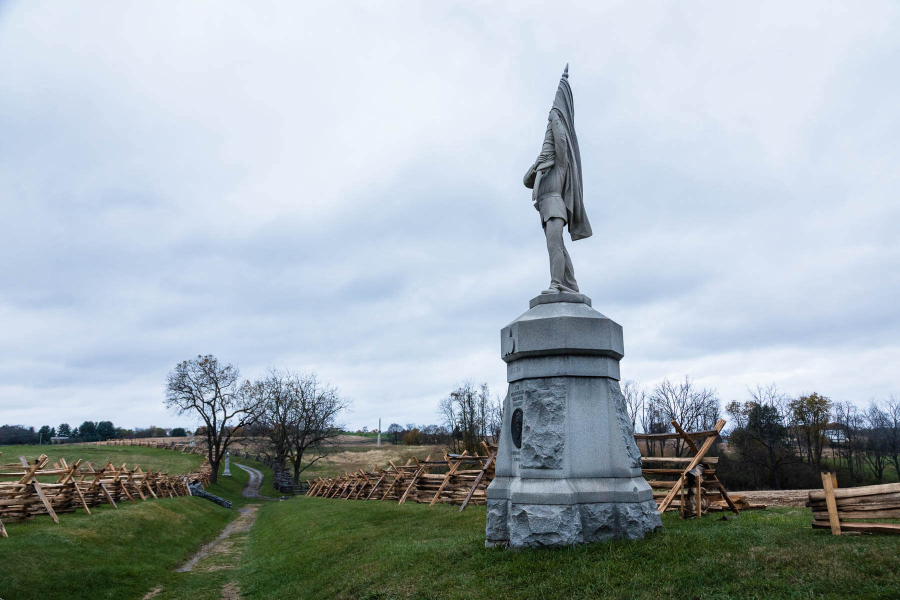
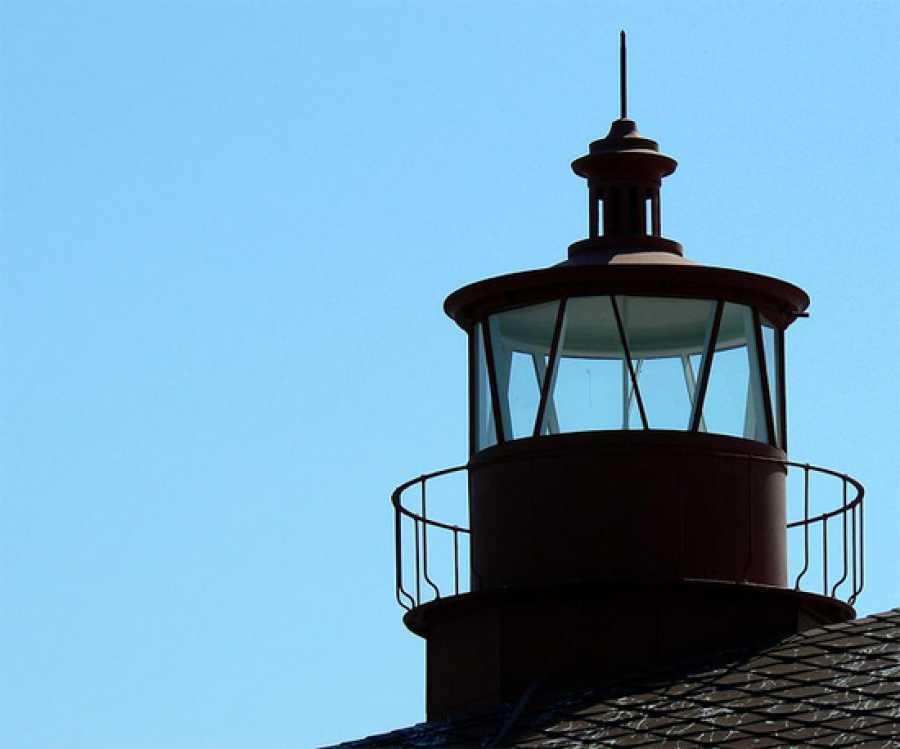

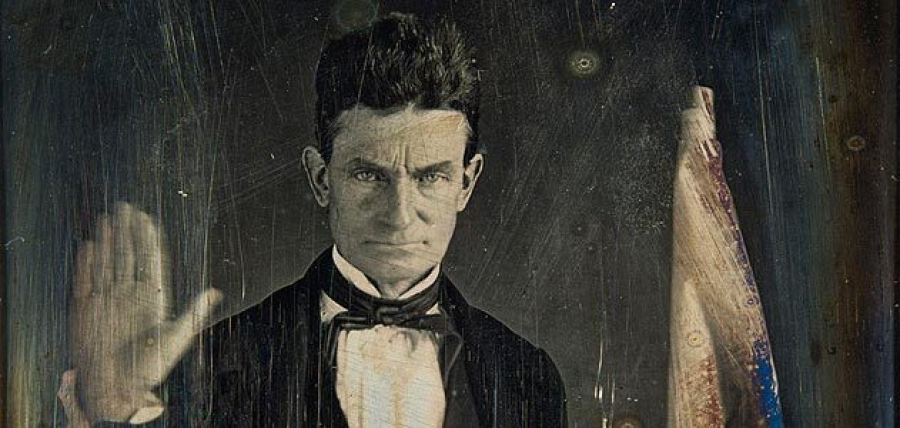
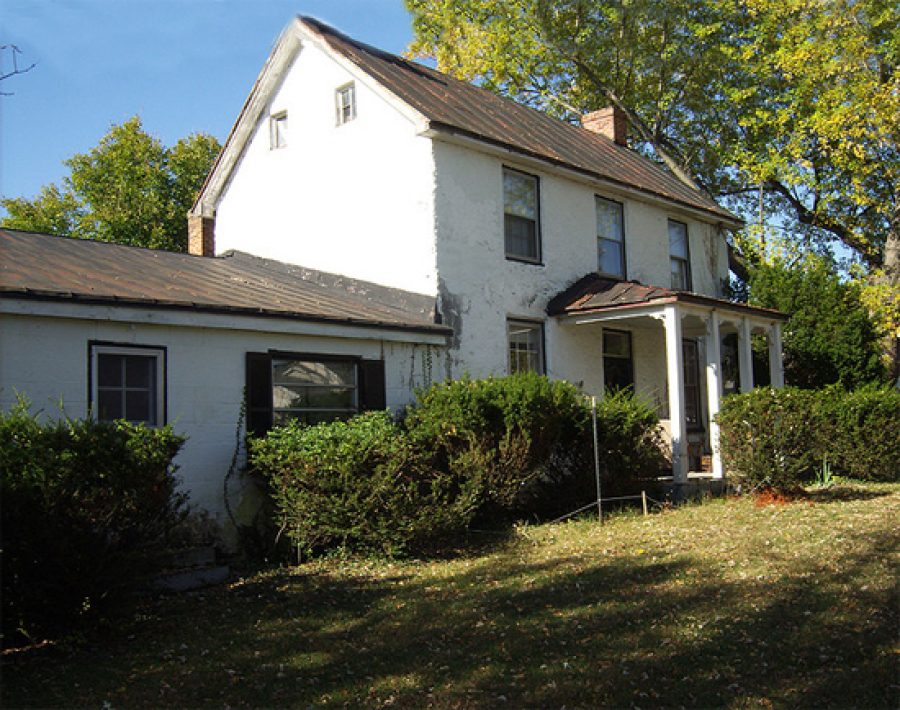


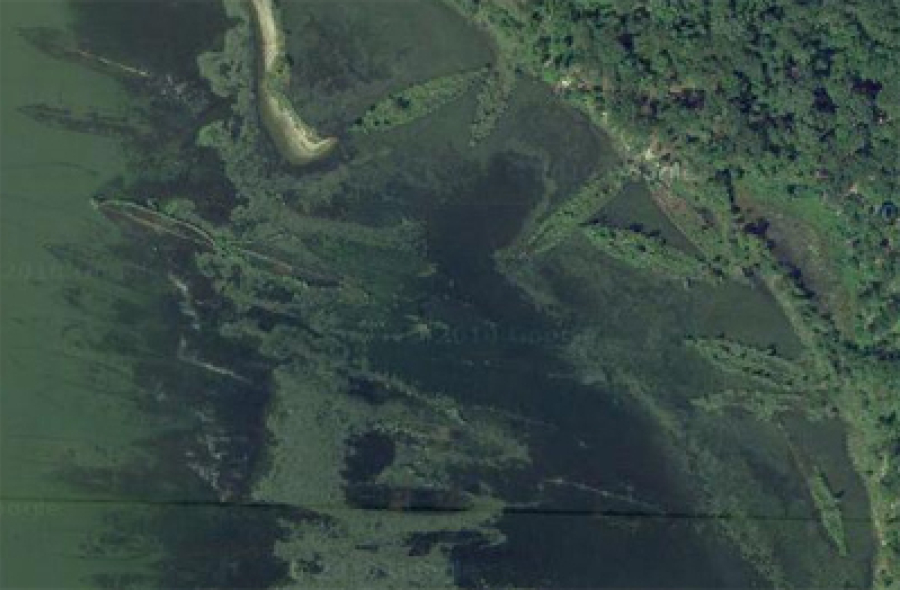

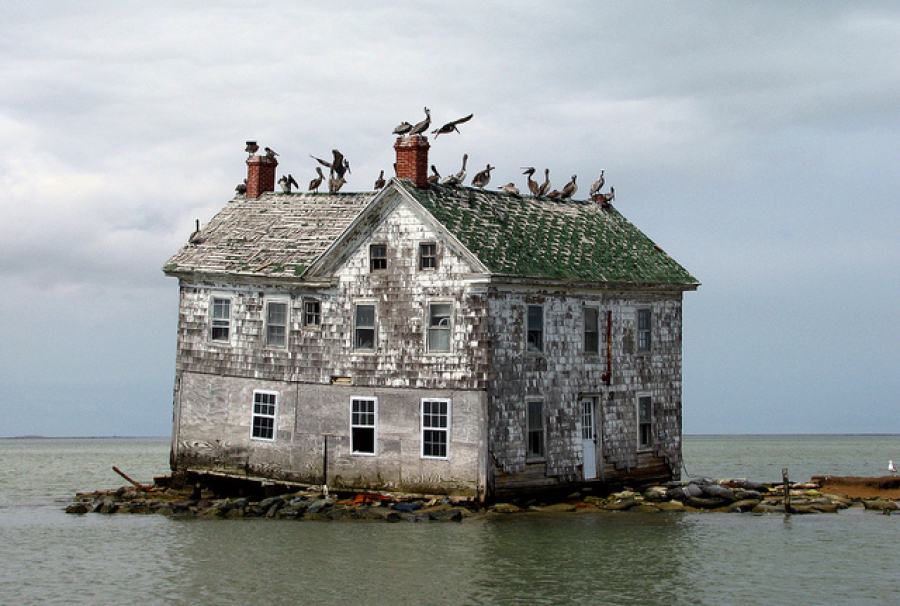
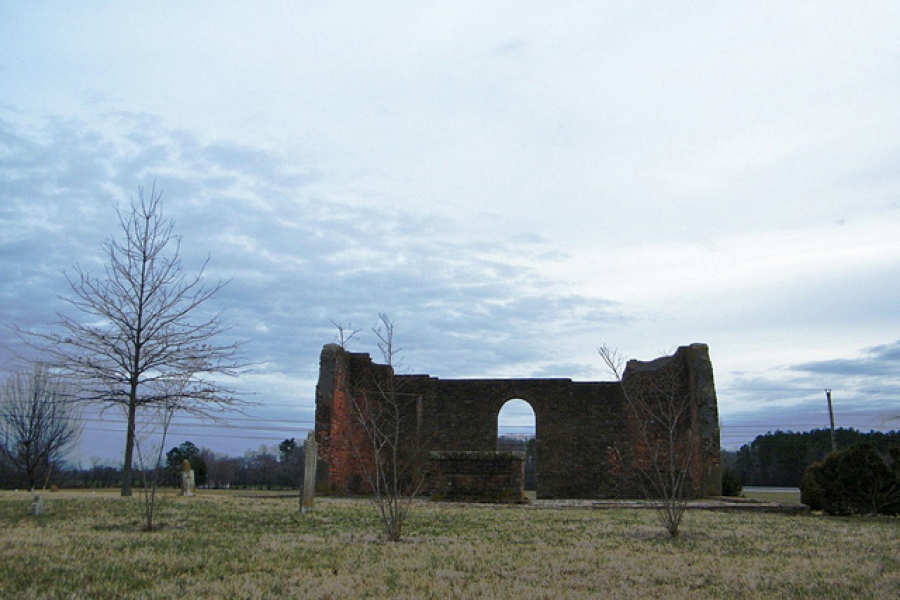
We've compiled an eclectic list of hauntings, sightings and strange spooks from throughout the Bay region.











Comments
Great blog post - and thanks for sharing my photograph of White Marsh Episcopal Church!
Thank you!
Your comment has been received. Before it can be published, the comment will be reviewed by our team to ensure it adheres with our rules of engagement.
Back to recent stories